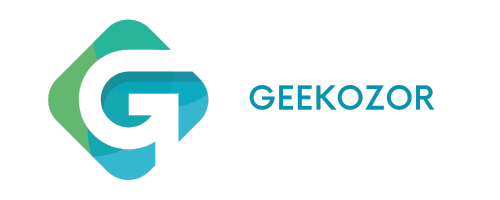Credit card debt can quickly become overwhelming, making it crucial to manage it effectively for financial freedom. Accumulating balances can lead to stress and hinder your financial goals. Whether you’re struggling with payments or looking for faster repayment strategies, this guide provides practical solutions.
Acting promptly and implementing effective strategies, such as budgeting, negotiating with creditors, and finding additional income sources, can help you regain control over your finances. Small changes in your financial behavior can lead to significant progress. Let’s explore strategies for managing credit challenges and achieving a debt-free lifestyle.
Understanding the roots of Credit Debt

Before tackling credit card debt, it’s important to understand its root causes. Many individuals fall into debt due to unexpected expenses like medical bills or car repairs, poor budgeting, and over-reliance on credit cards. Identifying these issues allows you to create a tailored plan.
Analyzing your spending habits is essential. Track recurring expenses and impulsive purchases contributing to rising balances. Lifestyle changes and setting financial goals can help you stay motivated.
Once you know the reasons behind your debt, draft a plan to adjust your budget for repayment or cut unnecessary expenses. Achieving financial freedom takes time, but by focusing on debt repayment and mindful spending, you can gradually eliminate credit card balances and build savings.
Creating a realistic budget
Creating a realistic budget is one of the most effective ways to manage financial obligations. It helps you determine how much money you can allocate to debt repayment each month. Start by listing all income sources and fixed expenses like rent and groceries to find your discretionary income for reducing credit card balances.
Track your spending to see where your money goes. Categorizing and reviewing expenses monthly can help you identify areas to cut back and allocate more funds toward debt elimination. Even small reductions can make a difference.
Stick to your budget, even when tempted by sales or unexpected expenses. Financial discipline is essential for eliminating credit card debt. Regularly revisit and adjust your budget to ensure it aligns with your goals, keeping you on track toward a debt-free life.
Implementing the snowball method
The snowball method is a popular strategy for tackling credit card debt by focusing on the smallest debts first. It involves paying off the smallest debt and rolling that payment into the next smallest balance, providing quick wins that boost motivation.
To implement this method, list your debts from smallest to largest. Pay the minimum on all except the smallest debt, directing any extra income toward it until it’s eliminated. Then, move to the next debt, using the extra payment to accelerate repayment.
While the snowball method can be motivating, it may not be the most cost-effective, as it doesn’t prioritize high-interest debts. For an interest-focused approach, consider the avalanche method, which targets high-interest debts first. Regardless of the method, commitment to your plan is essential for achieving debt relief.
Negotiating with creditors
Negotiating with creditors can effectively reduce credit card debt and alleviate financial burdens. Creditors may lower interest rates, waive fees, or establish more manageable payment plans. Start by communicating your commitment to settling the debts, as they often prefer working with you rather than risking default.
Prepare for these discussions by reviewing your financial situation and being realistic about what you can afford. Present a clear repayment plan, as concrete proposals can improve your chances of a favorable agreement. Patience and persistence are crucial.
Consider seeking help from credit counseling agencies that can negotiate on your behalf and create a tailored debt management plan. Choose a reputable agency to avoid scams. Successful negotiations can lead to lower balances and reduced stress in managing financial obligations.
Exploring debt consolidation options
Debt consolidation is a strategy to alleviate credit card debt by combining multiple balances into a single loan, often with a lower interest rate. This simplifies monthly payments and may reduce overall interest costs. Options include personal loans, home equity loans, or balance transfer credit cards.
Before consolidating, ensure the terms align with your financial goals and avoid accumulating new debt during repayment. While it can help streamline payments, the aim should be to reduce debt, not increase it.
Though not suitable for everyone, if managed carefully, debt consolidation can be a powerful tool in your debt reduction strategy, helping you focus on a single payment and leading to financial freedom.
Finding additional sources of income
Supplementing your primary income can significantly accelerate debt reduction. Explore side jobs or freelancing opportunities that fit your skills and schedule using platforms like Upwork, Fiverr, or local job apps to generate extra cash for paying down credit card debt.
You can also monetize hobbies or skills, such as writing, graphic design, or crafting, by offering these services part-time for additional income. Even temporary boosts can help tackle debt more aggressively.
Additionally, sell unused items around your home, like clothing, electronics, or furniture, through online sales or garage sales. Finding creative ways to build extra income streams will improve your ability to manage and reduce credit card balances, leading to greater financial stability.


